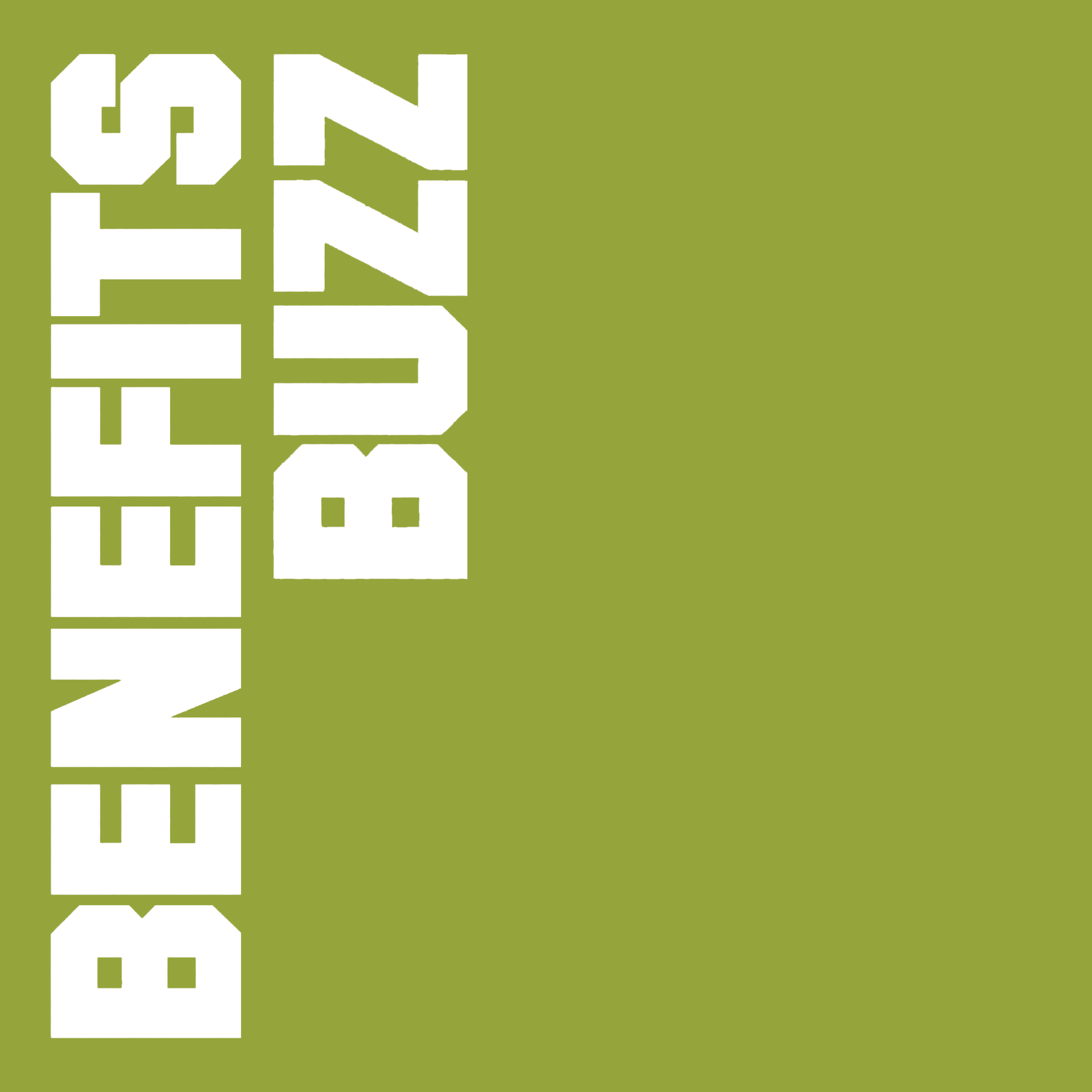
This month’s Benefits Buzz explains the inflation-adjusted health savings account and high deductible health plan limits for 2020 and discusses the Equal Employment Opportunity Commission’s plans to issue amended regulations related to wellness program incentives by December 2019.
Download the full version of this Benefits Buzz Newsletter
IRS Releases Inflation-adjusted Limits for HSAs and HDHPs for 2020
On May 28, 2019, the IRS released Revenue Procedure 2019-25 to announce the inflation-adjusted limits for health savings accounts (HSAs) and high deductible health plans (HDHPs) for 2020. These limits include:
- The maximum HSA contribution limit
- The minimum deductible amount for HDHPs
- The maximum out-of-pocket expense limit for HDHPs
These limits vary based on whether an individual has self-only or family coverage under an HDHP.
HSA Contribution Limits for 2020
The IRS limits for HSA contributions increase for 2020. Eligible individuals with self-only HDHP coverage will be able to contribute up to $3,550 for
2020, while eligible individuals with family HDHP coverage will be able to contribute up to $7,100 for 2020.
The $1,000 catch-up contribution limit that applies to HSA-eligible individuals who are age 55 or older will remain unchanged.
HDHP Cost-sharing Limits for 2020
For self-only coverage in 2020, the HDHP minimum deductible will increase to $1,400 and the out-of-pocket maximum will increase to $6,900. For family coverage, these limits will increase to $2,800 and $13,800, respectively.
Action Steps
Because these limits change for 2020, employers that sponsor these plans may need to make plan design changes for plan years beginning in 2020.
EEOC Delays Amending Wellness Program Regulations to End of 2019
On May 22, 2019, the Equal Employment Opportunity Commission (EEOC) announced its plans to issue amended regulations related to wellness program incentives by December 2019. This signals the second pushback of the EEOC’s deadline to publish new wellness program incentive regulations.
Back in 2016, the EEOC had finalized two rules that regulated employer-sponsored wellness programs. These rules allowed employers to offer incentives for wellness programs that asked employees health-related questions or included medical exams.
The rules also allowed employers to offer incentives in exchange for health-related information about employees’ spouses. In August 2017, a federal district court had vacated portions of the final rules, and required the EEOC to revise the incentive limit portion of the rules. Effective Jan. 1, 2019, the EEOC removed the incentive limits from the final rule.
Until new regulations are issued, employers should carefully review their wellness programs to ensure compliance.

IRS Releases Employee Benefit Plan Limits for 2025
Employee benefits often come with annual dollar limits that are adjusted for inflation each year,

Wrapping Up 2024: Our Top Blog Posts of the Year
As 2024 ends, we’re highlighting the year’s top blog posts on renewal strategies, construction risks,

More States Preparing for Pay Transparency Rules in 2025
States have been adding pay transparency requirements since 2021. Most recently, Maryland’s Wage Range Transparency Act took

.jpg)